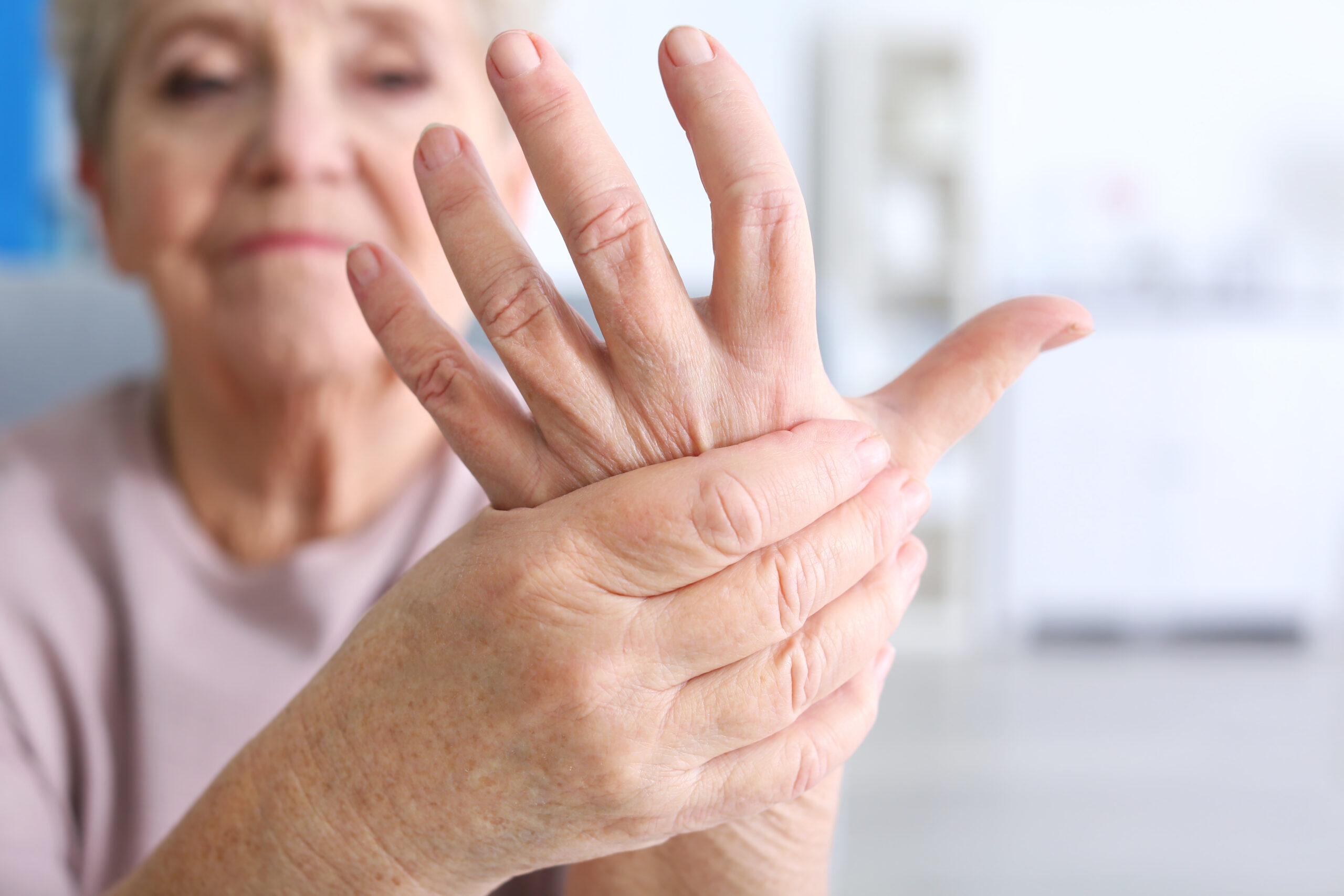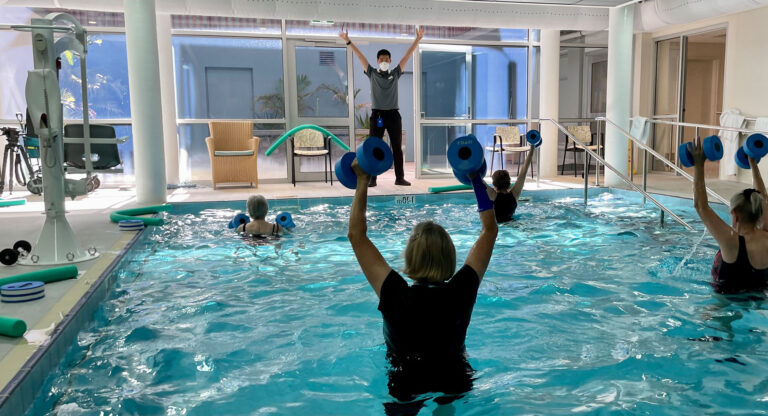Associate Professor Therese O’Sullivan, an accredited practicing dietician and lecturer at Edith Cowan University, recently shared some helpful tips with us, for those living with rheumatoid arthritis.
Rheumatoid arthritis, also known as RA, is the second most common arthritis after osteoarthritis. It affects more women than men, and is most likely to start at a younger age than osteoarthritis, often starting between the ages of 20 and 45 years.
RA can be a debilitating and frustrating condition
RA is an autoimmune condition resulting in inflammation, which can damage joint cartilage, tendons, ligaments and bones – hands are commonly affected. This inflammation can cause debilitating pain, along with feelings of heat, stiffness and a loss of function of the affected joint.
It can be very frustrating to have RA and no one knows exactly what triggers it. Flare ups of RA, despite being very painful, are not necessarily ‘visible’ and people can appear completely normal from an outsider’s perspective. You may find people rush to help you with carrying bags if you have your arm in a sling, but this isn’t the case with a flare up of RA!
Medications for RA have been improving and can be very effective in managing the condition. For a person living with RA, it may take a lot of trial and error to find the best medication regime. Unfortunately, sometimes a person with RA can find an ideal regime and be symptom free for years, and then wake up one day with a flare up and have to start all over again as that medication is no longer effective.
We are also learning more about how diet can help symptoms of RA, particularly around reducing inflammation and preventing malnutrition.
A Mediterranean diet can help reduce inflammation
Although there is no specific diet that is recommended for RA, a 2018 review published in Rheumatology International by the University of Canberra identified beneficial effects of the Mediterranean diet in improving function and pain in people living with RA. The Mediterranean diet is based on the traditional diet in the countries surrounding the Mediterranean Sea, such as Greece, Italy, and Spain. This diet is high in olive oil, fruits, vegetables, legumes (like chickpeas and lentils), nuts, seeds, fish and herbs and spices. It is low in processed foods, added sugars, salt and red meat.
Extra-virgin, cold pressed olive oil is a key aspect of the Mediterranean diet, and may also help reduce inflammation in the same way that ibuprofen can. Olive oil contains a compound called oleocanthal that can block inflammation causing enzymes. To ensure your oil stays as fresh as possible, use within 2 months from opening, keep the lid on when not in use and store in a cool dark place.

Cold pressed olive oil is an important aspect of the Mediterranean Diet.
A focus on fish and vegetables over red meat is another key feature of the Mediterranean diet. Vegetables are recommended at each meal, with at least two servings of fish (150-200g serves per week) with a focus on oily fish such as mackerel and salmon. Red meat is limited to smaller portions, only once or twice a week.
Malnutrition affects about a quarter of people with RA
Some medications taken to control the disease can cause nausea and loss of appetite. Cold foods may be more palatable than hot foods if feeling nauseous, and liquid meals or oral nutrition supplements (such as Sustagen or Ensure) may be better tolerated during these periods. Some medications can also interact with nutrients, for example methotrexate blocks the action of folic acid and folate supplements are required.
Joint pain can make cooking and eating extremely difficult. Keeping a variety of meals in the freezer can come in handy. Services such as Meals on Wheels can deliver meals to suit your requirements. There is now a variety of equipment available to help make food preparation more achievable for those with RA. A wide range of specialised knives, jar openers, plates, and eating utensils are available online (www.ArthritisSupplies.com has a wide range). Although expensive, a kitchen machine that can stir and cook (such as a Thermomix) is useful to reduce pressure on hand and wrist joints. An occupational therapist who specialises in RA will be able to advise on home modifications to improve working in the kitchen.
For those living with RA, here are a few other tips to help:
- During flare ups, wear a wrist brace or bandage the affective joint – this makes it more visible. Others are more likely to offer to help and not bump the affected area.
- Ask for groceries to be packed lightly (bring more bags) – this makes them easier to move in and out of the car.
- People with RA often feel tired, but keeping active is still important. Physiotherapy, occupational therapy and podiatry can help improve joint function and stiffness, and improve quality of life.




